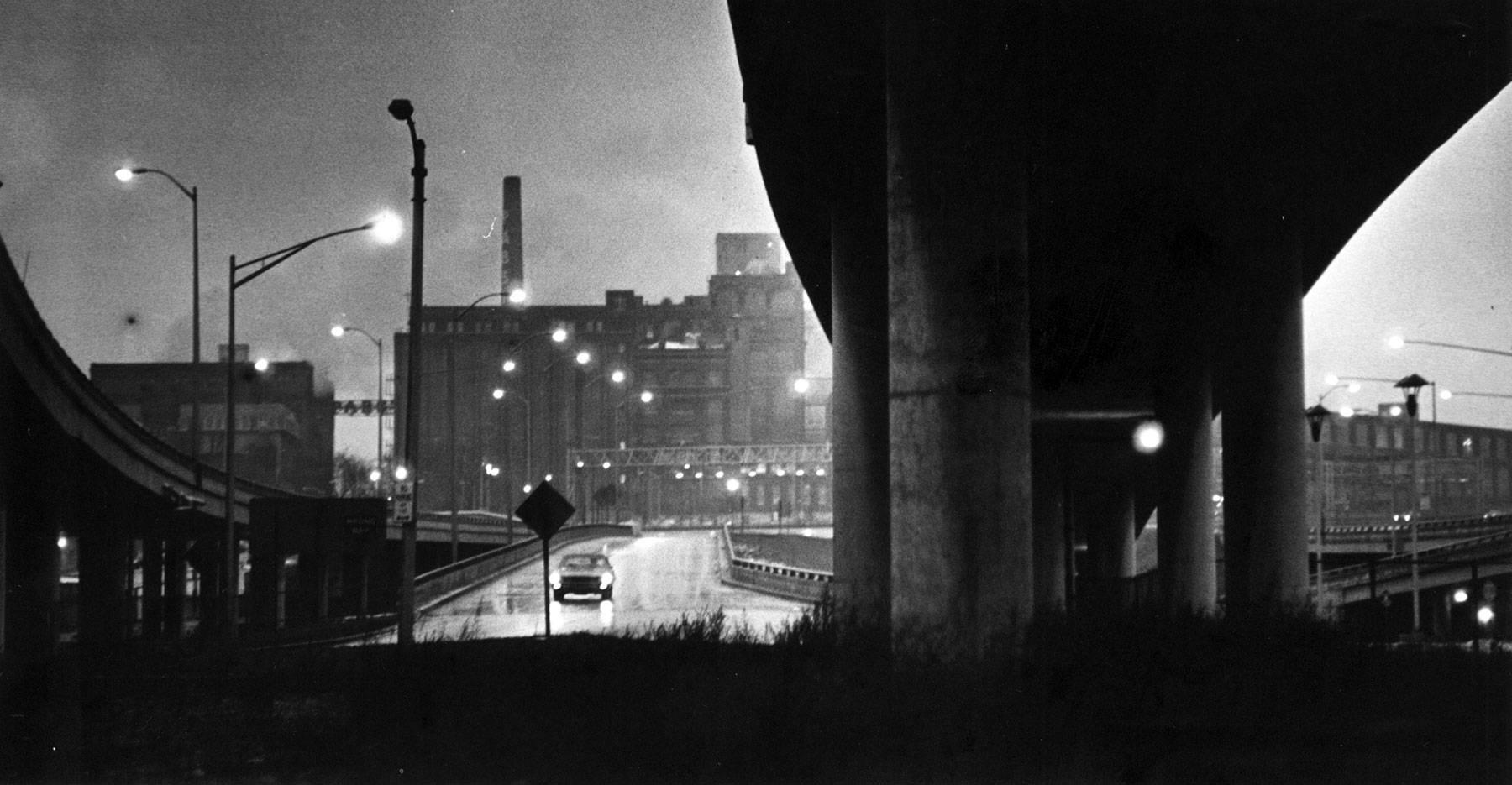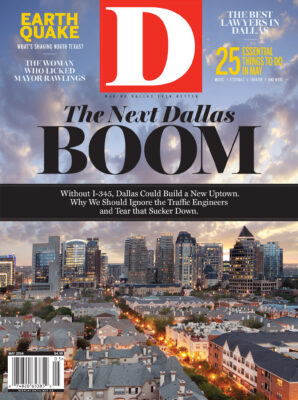
Milwaukee
Road: Park East Freeway, a 0.8-mile highway spur that was part of a highway loop that separated downtown Milwaukee from north-side neighborhoods
Demolition Timeline: Planning 1996-2002; removed 2002-2003
Cost: $25 million
Traffic count before demolition: 54,000 cars per day

The city succeeded, and in 2003, the road was replaced with a boulevard that handles 15,800 cars per day. There have been no traffic problems associated with the teardown, and Milwaukee got a new public park and plaza as well as expanded access to the riverfront. Between 2001 and 2006, average land values in the area of the teardown increased by 180 percent. Three new neighborhoods were created, and numerous developments—including the relocation of the corporate headquarters of ManpowerGroup, a multinational HR consulting firm—moved in. In Milwaukee, though, growth was not instantaneous. Norquist says deed restrictions placed on some of the land owned by the county slowed investment. But a decade later, development has caught up. In 2013, a $54 million tower opened with condos, apartments, and first-floor retail, and in late 2013, ground broke on a $21 million mixed-use development.
“I don’t think anyone would want [the highway] put back,” Norquist says.






